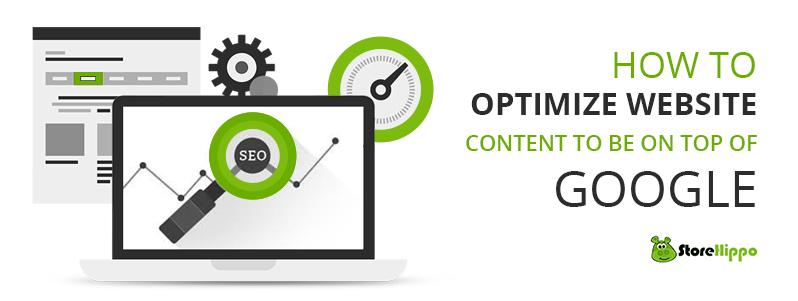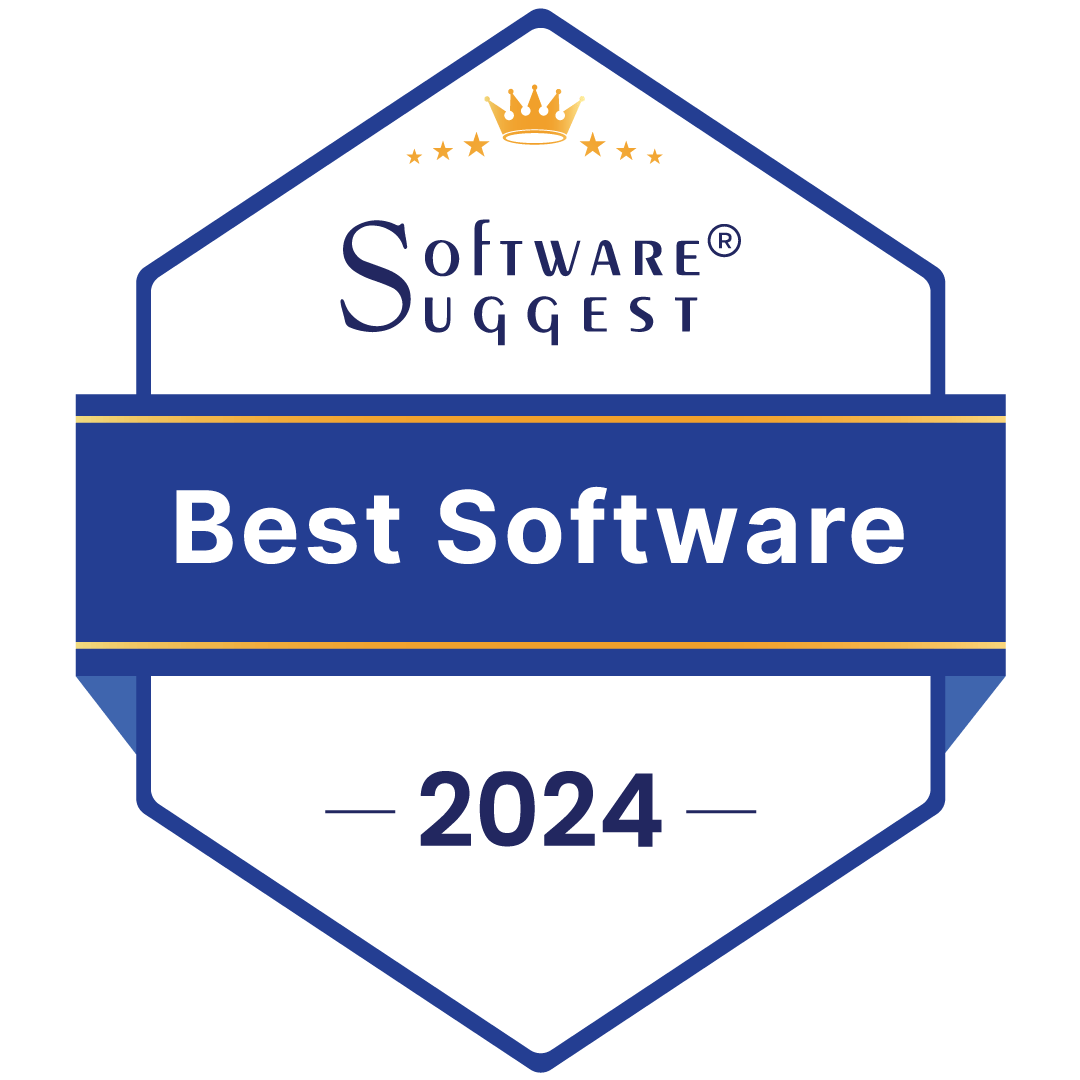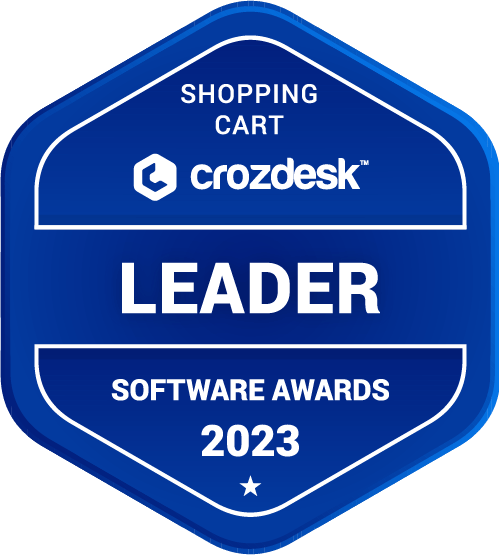Understanding SEO (Search Engine Optimization) and Content Optimization
No one can deny the importance of content optimization for getting the best out of your SEO efforts. Content optimization makes the content of your website more attractive for the search engines. For a layman the technicalities of Search Engine Optimizations can be confusing at times. So it is important that we understand the basic of SEO and the growing importance of quality content in ranking your site on major search engines.
Let us begin with a real life example where a user wants to buy a pair of black shoes. Let us write down the steps involved:
Step 1: Launch a search engine Google, Bing, Yahoo
Step 2: Type search term e.g.; best black shoes, cheap black shoes, black shoes online, black shoes offer price cheap
Step 3: Hit the search button and a list appears with the results the search engine thinks matches your query in the best possible way.
Step4: User opens the various links (usually top 5-7) displayed in the search results and begins comparing products and finally purchases the item required.
How does the Search Engine Display the relevant results?
Every search engine uses its own search algorithm to fetch the data from the vast network of webpages and displays the most relevant search results. The most useful results for a given search term are ranked on page 1 by the search engine. It is well known fact that 60% of users do not go beyond the first page of search result while looking for any product or information. So, it is important for any website to rank on the first page to get maximum traction and best traffic.
Over the years all the search engines especially Google has become very focused on importance of useful content and creating a great user experience. IF you have put every effort to put the best and unique content on each page of your website and still not appearing in top results of Google, it is time to have a rethink on your content optimization strategy.
To make the best of your content optimization efforts and to reach on top of Google, check your website on following parameters:
Create content for your Users
Google is more focused on natural human language searches. It gives importance to content that is user friendly and informs, educates and helps the users. So while writing your content always think about the users and not the spiders that might crawl your website. Gone are the days when weaving content around keywords (which were very annoying for human readers) got websites good search engine rankings. Write for your visitors and customers in the natural language and see how quality content gets you top ranking on Google and other search engines.
Say NO to keyword stuffing
If you really want to make the best of your keywords say NO to stuffing it indiscriminately in your content. Stuffing too many keywords can actually harm your website and push it down in search results as the latest search algorithms treat it as spam content. Use your keywords effectively and frame natural informative sentences around your keyword. In nutshell use the keyword sparingly but effectively to enhance the quality and information provided by your content.
Play with natural language variations of Keywords
LSI (Latent Semantic Indexing) is used by Google and all the other search engines to find out all related natural language matches for a given keyword. To make your content more attractive for search engines and users try using near meanings of keywords throughout your content. This will help you getting pulled up by search engine for every possible combination of the search term and thus would increase your visibility and search engine ranking.
Power of Long Tail Keywords
Long tail keywords are basically the keywords that are highly specific and consist of 3-4 words. For example, in the above case where the user is searching for black shoes, if he types “Nike Black Running shoes” it means that he is looking for a specific brand and product type. This type of keyword brings very targeted customers to a website who are very likely to end up buying the product. Another advantage of using long tail keywords is that are cheaper for AdWords bidding yet bring specific audience to the website.
Informative and Comprehensive Content
Instead of skimming the surface delve deep and write long elaborate and informative content. Whatever topic you choose, try to elaborate and explain the details and do a 360-degree analysis. Try to answer as many queries related to the topic in a clear and structured format. Keep your language simple and elaborate on various aspects with examples wherever possible. Do remember the best content is one which is not overstuffed with technical jargon and explains things in way that even a layman can understand.
Use Social Media for Content Promotion
Promote your content on social media and share it within various networks which are relevant to your topic. The more a content is shared on social media platforms like Facebook, Twitter, Google plus etc. the more likely it is to get noticed by the potential buyers and also search engines. When a content is shared by many people search engines consider it to be informative and of value to the users. So, to get your content noticed share it as much as you can.
Meta is Important!
Some SEO gurus feel that meta has lost its importance as it no longer plays a key role in getting your site ranked. This is partially true but meta still is a very important as meta description is the content which is displayed below your site link in search engine results. A well written meta using right keywords is the first thing a user sees. If your meta is compelling enough it can result in better click through rate.
Link Text over Optimization is a BIG NO
Some years back overstuffing the link text with keywords was a standard practice. But the latest updates and changes in search engine algorithms have actually started penalizing such practices. Use only relevant keywords in your anchor text and use them sparingly. Never use a keyword that does not go with the content and information on the given link.
Focus on Alt tag
Every image carries an image ALT tag which specifies to the spiders the relevance of the image. By assigning relevant naming for ALT tags you can give additional information to the spiders and help in better ranking of your site. Never use terms like “image 1, image 2” etc. as Alt tags, always specify the product name and use keywords wherever possible.
Keep Updating Content and Keywords
Search spiders keep looking for new content. To get best SEO results keep updating content on your webpages regularly. If you find it difficult to get regular quality articles, make your product description interesting and keep updating products on regular intervals, if possible daily. Also keep looking for new and refined key phrases and keep updating your keyword list based on your latest findings.
SEO needs diligence and takes time to show results. But when done in the right direction and with best inputs about latest trends it can prove to be the best and most certain way to bring in traffic and give a great boost to your business.
Use the above tips and share with us if you know any other best practices to optimize content for a website.
https://www.storehippo.com/
9th Floor, Spaze iTech Park, A1-Tower, Sector-49 Sohna Road, Gurgaon, Haryana 122018, CIN - U72200HR2015PTC054459 122001 Gurgaon IN
StoreHippo https://www.storehippo.com/
9th Floor, Spaze iTech Park, A1-Tower, Sector-49 Sohna Road, Gurgaon, Haryana 122018, CIN - U72200HR2015PTC054459 Gurgaon, IN
+918010117117 https://www.storehippo.com/s/5667e7d63086b2e718049ad9/ms.settings/521c4d7548c284890e000001/594a155440e9fb9e592f2ba9-480x480.png" [email protected]Information
Features
© copyright 2020 StoreHippo.com . All Rights Reserved.






















5 Comments
Leave a Reply
Leave a Reply
Leave a Reply
Leave a Reply
Leave a Reply